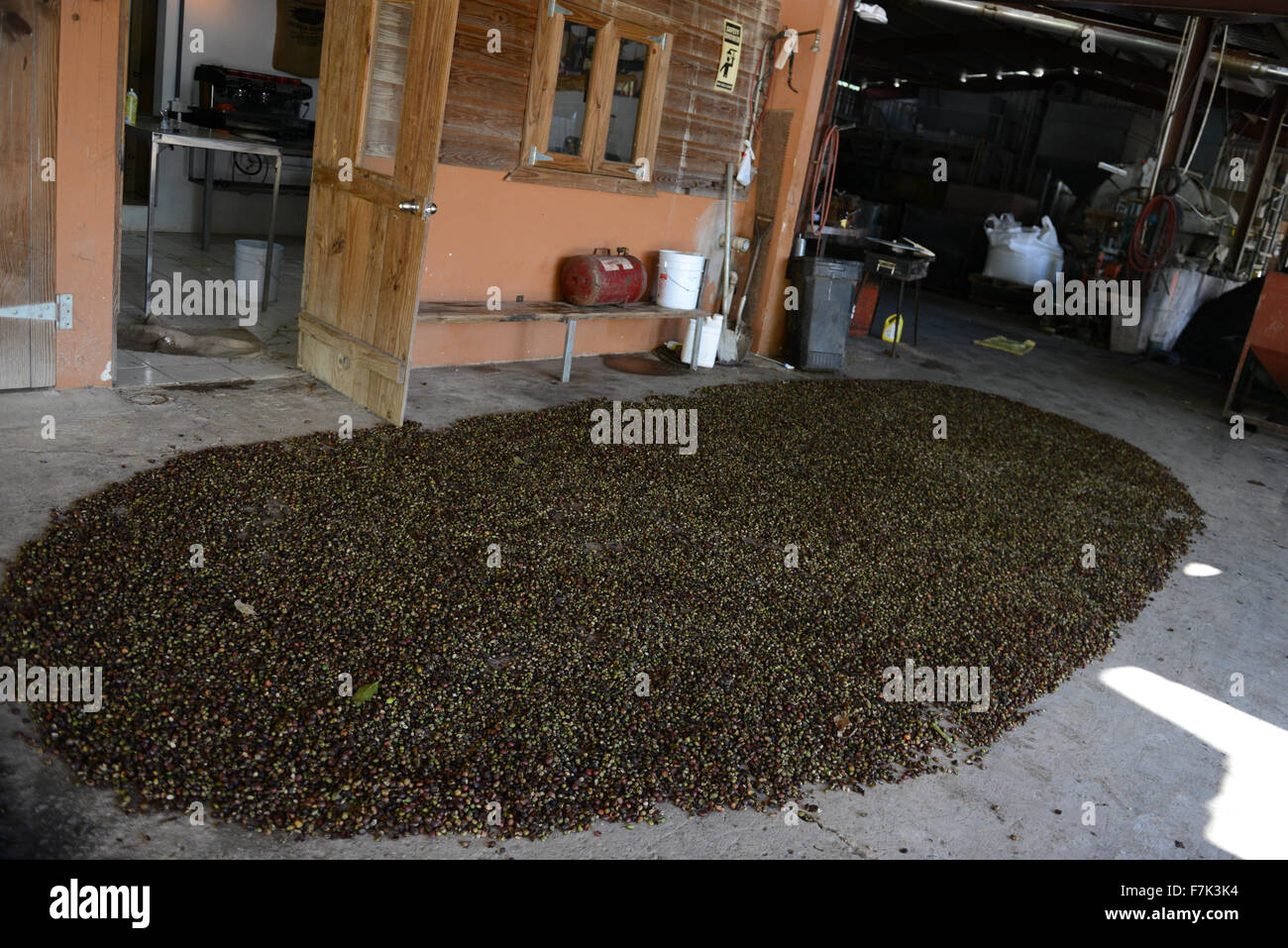Hacienda San Pedro producer of coffee since the end of the XIX century. Jayuya, Puerto Rico. USA territory. Caribbean Island.

Image details
Contributor:
Marina Movschowitz / Alamy Stock PhotoImage ID:
F7K3K4File size:
90.3 MB (4 MB Compressed download)Releases:
Model - no | Property - noDo I need a release?Dimensions:
6878 x 4590 px | 58.2 x 38.9 cm | 22.9 x 15.3 inches | 300dpiDate taken:
November 2015Location:
Jayuya, Puerto Rico. USA territory. Caribbean Island.More information:
According with cafehsp.com: " The story of Hacienda San Pedro goes all the way back to the end of the XIX century when a young Spaniard, thirteen years old, arrives on our shores with a single suitcase and a thousand dreams. Emeterio Atienza was an excellent worker, who, in a very short time, reached the position of head butler, and later, Foreman of one of the most prestigious coffee plantations in Puerto Rico Besides working the land by hand, Emeterio also worked as a teacher of agriculture, earning the respect of all the coffee growers in the region for his innate wisdom, perseverance and kind heart. In 1931, after many years of arduous work and constant dedication, Emeterio was finally able to purchase his own farm in the area of Coabey in the town of Jayuya, Puerto Rico and named it "Hacienda San Pedro". Every morning at dawn, Emeterio would go out on horseback, accompanied by his seven sons, to inspect the blooming of the coffee trees, carefully inspecting them one by one. Each tree had its own name, a tradition his son Albert carried on after him, as does to this day his grandson, Roberto Atienza. Honoring a family tradition that now embraces four generations of Atienzas, Hacienda San Pedro Coffee is still grown in the mountains of Jayuya, hand-picked, and lovingly brought to market the same way it was done nearly a century ago by Emeterio Atienza. Even today, the beans are dried in antique drums that are over a hundred years old."